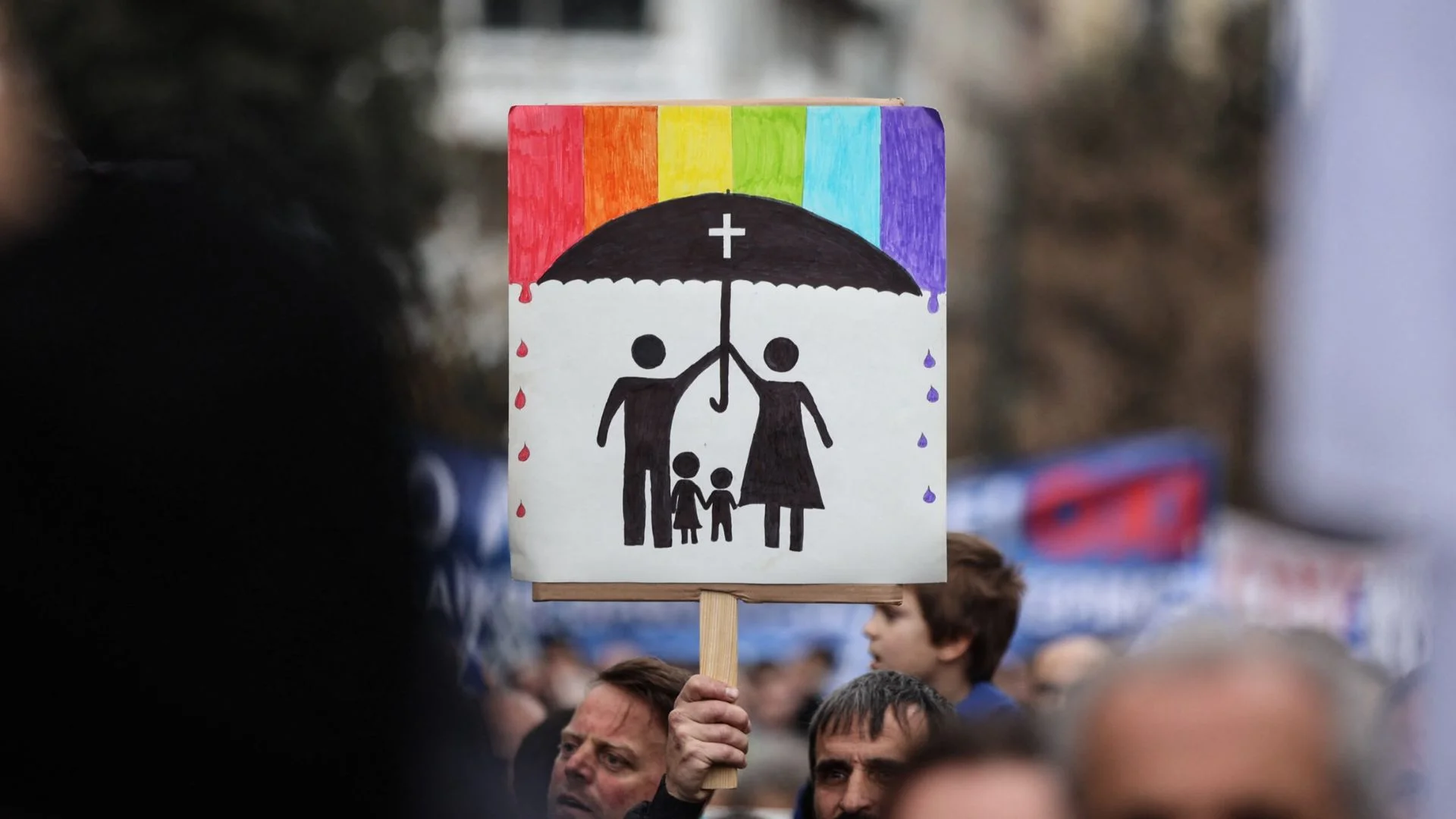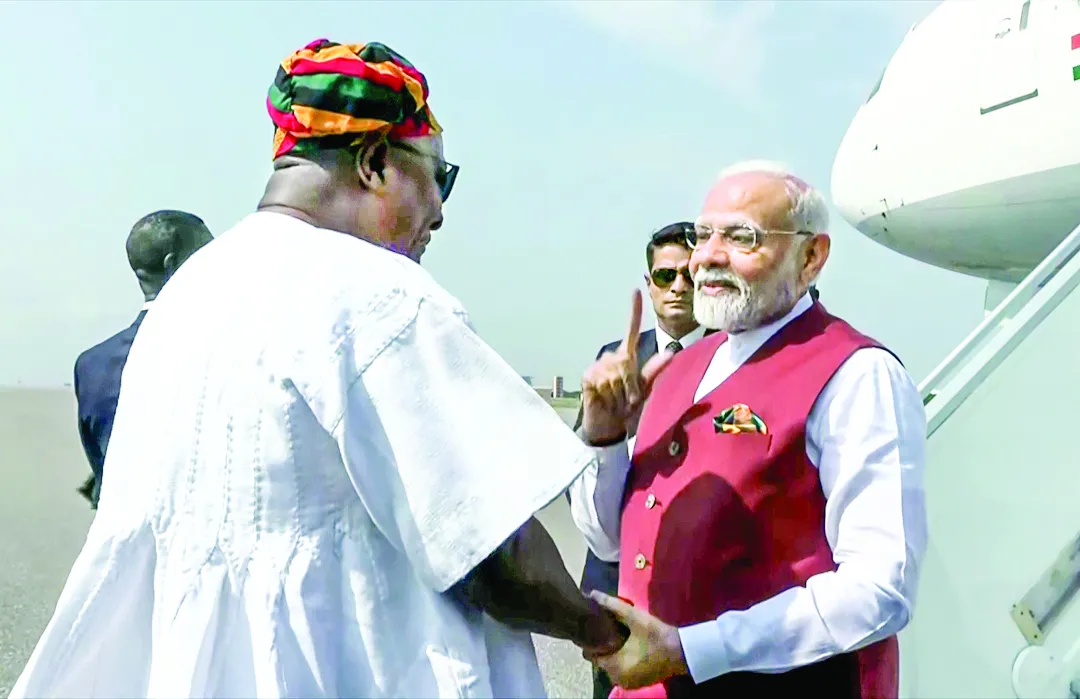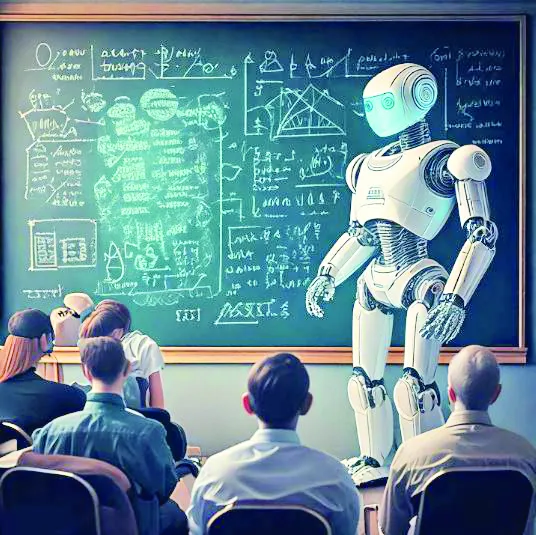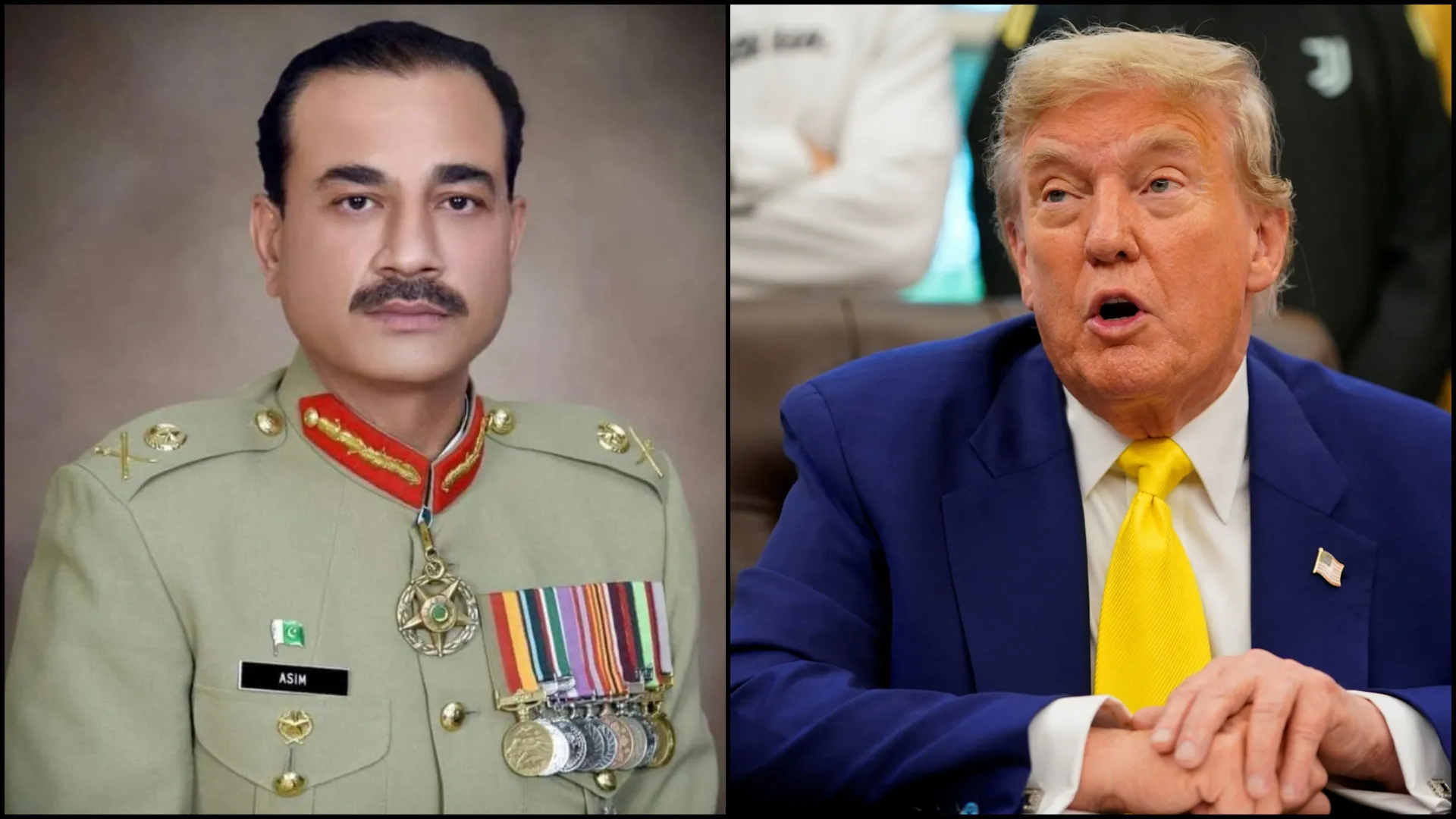Every year, March 1 marks Zero Discrimination Day, an initiative led by UNAIDS to promote equality and fairness for all, regardless of race, gender, sexuality, disability, nationality, or socio-economic background. It serves as a reminder that while legal frameworks across the world have made progress in protecting human rights, discrimination continues to persist in various forms, often undermining the very principles of justice and equality that modern democracies stand for.
At its core, Zero Discrimination Day is about dismantling barriers—both legal and societal—that prevent individuals from accessing equal opportunities. Whether it is gender-based discrimination in the workplace, racial profiling by law enforcement, denial of healthcare to marginalized communities, or discriminatory trade and immigration laws, discrimination is a reality that still affects millions. The legal system has a crucial role in tackling this issue, but social awareness and active policy-making are just as important in ensuring that laws translate into meaningful action.
The Legal Framework Against Discrimination
Many countries have established constitutional provisions, anti-discrimination laws, and human rights commissions to prevent and punish discrimination. In India, for example, Article 14 of the Constitution guarantees equality before the law, while Article 15 prohibits discrimination based on religion, race, caste, sex, or place of birth. The United States has its Civil Rights Act of 1964, which prohibits discrimination in public accommodations and employment, while the European Union’s Charter of Fundamental Rights upholds equality as a fundamental principle.
Yet, despite these legal safeguards, discrimination is deeply embedded in institutional practices and social norms. Workplace bias, pay gaps, caste-based violence, racial profiling, and LGBTQ+ exclusion continue to plague societies, highlighting the gap between law and reality. The challenge, therefore, is not just to have laws on paper but to ensure they are actively enforced and that their spirit is upheld in everyday interactions.
While laws against gender discrimination exist, their enforcement is often weak. Women around the world still earn significantly less than men for the same work, despite equal pay laws. In countries like India, despite the Equal Remuneration Act, 1976, the gender wage gap remains a serious concern.
Beyond pay, gender discrimination manifests in political underrepresentation, workplace harassment, and lack of access to education for girls in many developing nations. Even in developed economies, issues like the glass ceiling and maternity discrimination continue to limit women’s professional growth.
Racism and caste-based discrimination continue to shape access to education, jobs, and basic services. In the United States, systemic racism affects everything from policing to home ownership, leading to disparities in wealth and social mobility. In India, despite the constitutional abolition of untouchability, Dalits and marginalized castes still face discrimination in employment, education, and public spaces.
The persistence of caste and racial discrimination highlights how deeply ingrained biases require both legal intervention and cultural change. Laws alone are not enough; social awareness, affirmative action policies, and accountability in law enforcement and judiciary are necessary to challenge these prejudices.
In the last two decades, many countries have made legal progress in recognizing LGBTQ+ rights, including the decriminalization of homosexuality and legalization of same-sex marriage. India’s Supreme Court decision in Navtej Singh Johar v. Union of India (2018) decriminalized Section 377 of the IPC, marking a turning point for LGBTQ+ rights in the country. However, same-sex marriage remains unrecognized, and discrimination against LGBTQ+ individuals in workplaces, healthcare, and housing is rampant.
Even where legal protections exist, social stigma and conservative attitudes prevent LGBTQ+ individuals from living with dignity. Legal recognition must be accompanied by strong social advocacy and policy reforms to ensure that LGBTQ+ persons have equal access to opportunities without fear of discrimination.
Persons with disabilities (PWDs) continue to face barriers in education, employment, and public accessibility. Despite the Rights of Persons with Disabilities Act, 2016, in India, and the Americans with Disabilities Act (ADA), 1990, in the U.S., accessibility remains a significant issue. Many public buildings, schools, and transportation systems are not disability-friendly, limiting mobility and access for people with disabilities.
More than legal provisions, there is a need for implementation and enforcement. Employers must be encouraged to provide reasonable accommodations, and inclusive policies in education and employment must be actively promoted to break the cycle of exclusion faced by PWDs.
Discrimination in the Global Economy and Trade
Discrimination is not limited to social interactions; it also plays out in global trade and economic policies. Wealthier nations often impose protectionist measures that put developing countries at a disadvantage. The ongoing debate on the EU’s Carbon Border Adjustment Mechanism (CBAM) is an example of how climate and trade policies can inadvertently penalize developing economies while benefiting industrialized nations.
Similarly, immigration laws often have an underlying discriminatory bias, favoring skilled migrants from certain countries while restricting access for others. The global intellectual property regime also discriminates against developing countries, making essential medicines and technology expensive and inaccessible.
Addressing such economic discrimination requires a fairer approach to international law and trade regulations, ensuring that policies do not disproportionately burden weaker economies or marginalized groups.
• Laws exist, but their enforcement must be stronger. This includes fast-track courts for discrimination cases, strict penalties, and more oversight on employers and institutions that violate anti-discrimination laws.
• Reservations, scholarships, and quotas are effective tools to level the playing field. Legal frameworks must protect affirmative action policies from dilution, ensuring that marginalized communities receive fair representation in education and employment.
• Governments alone cannot end discrimination. Private corporations and institutions must actively implement diversity policies, conduct anti-discrimination training, and create safer workplaces for marginalized groups.
• Countries must collaborate on fair trade agreements, humane immigration policies, and anti-racism initiatives, ensuring that discrimination is tackled not just at the national level but also internationally.
Zero Discrimination Day is not just a symbolic gesture. It is a reminder that legal and social structures must evolve to create a world where equality is not just an ideal but a reality. Discrimination is deeply embedded in history, institutions, and personal biases, but with strong legal frameworks, social advocacy, and political will, change is possible.
As societies, we must strive toward equity, inclusivity, and justice—not just on March 1 but every day. The true success of Zero Discrimination Day will not be measured in slogans but in concrete policy changes, judicial interventions, and the everyday experiences of those who face discrimination. Only then can we claim to have made genuine progress toward a world without bias, where fairness and dignity are truly universal.
Dr. Vishal Sharma is an Assistant Professor of Law, Bennett University, specializing in Public International Law, Taxation Law, and Human Rights Law.























